MusicRadar Verdict
There is no question that this is an outstanding, albeit very expensive, set of drums, and it should be viewed as an experiment. The first R30 kit was fiendishly complex in design and execution. To then produce another 29 exact copies shows a desire for perfection bordering on masochistic. Everyone who contributed to this project deserves praise.
Pros
- +
24-carat, gold-plated hardware. Space-age graphics. Loud yet responsive with fantastic tone.
Cons
- -
The price - there are still a few places where you could buy a house for that.
MusicRadar's got your back
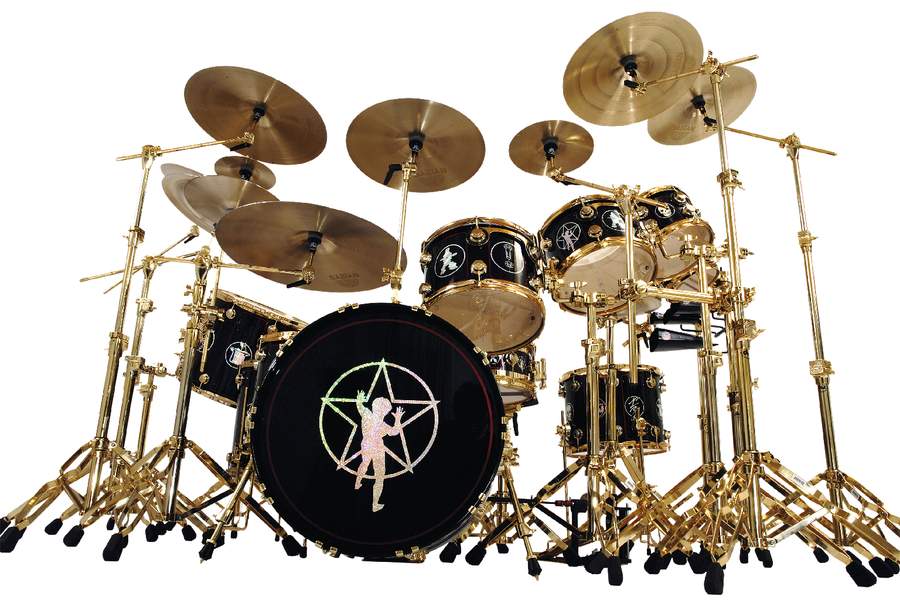

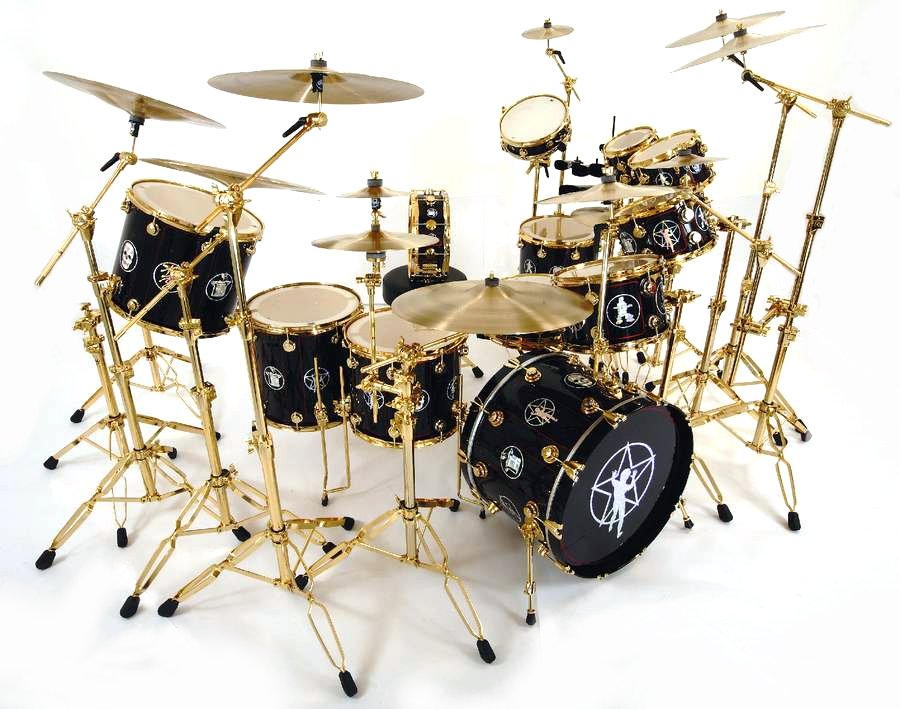
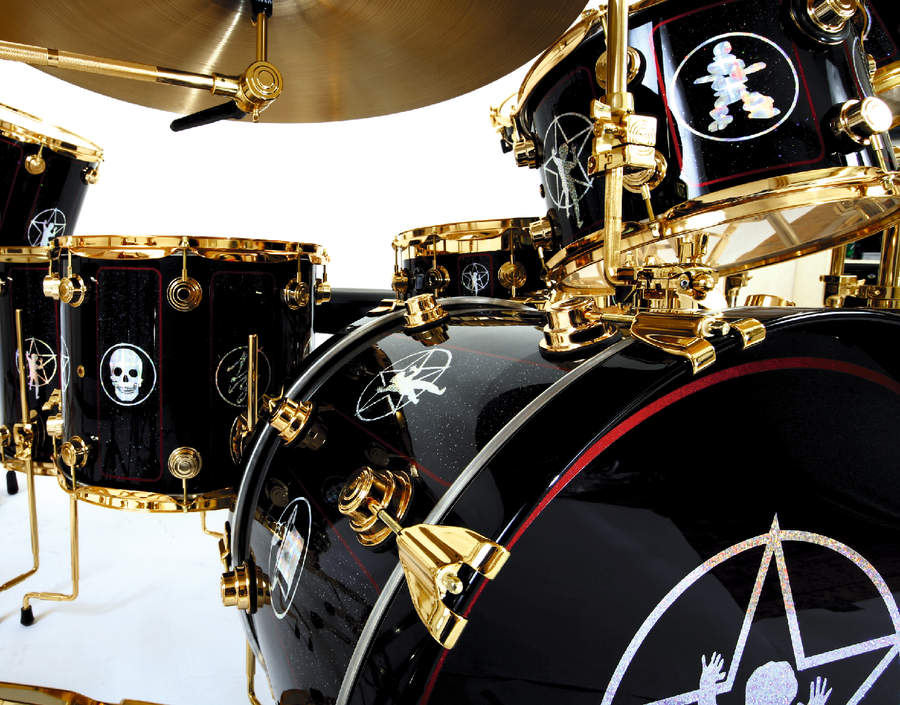
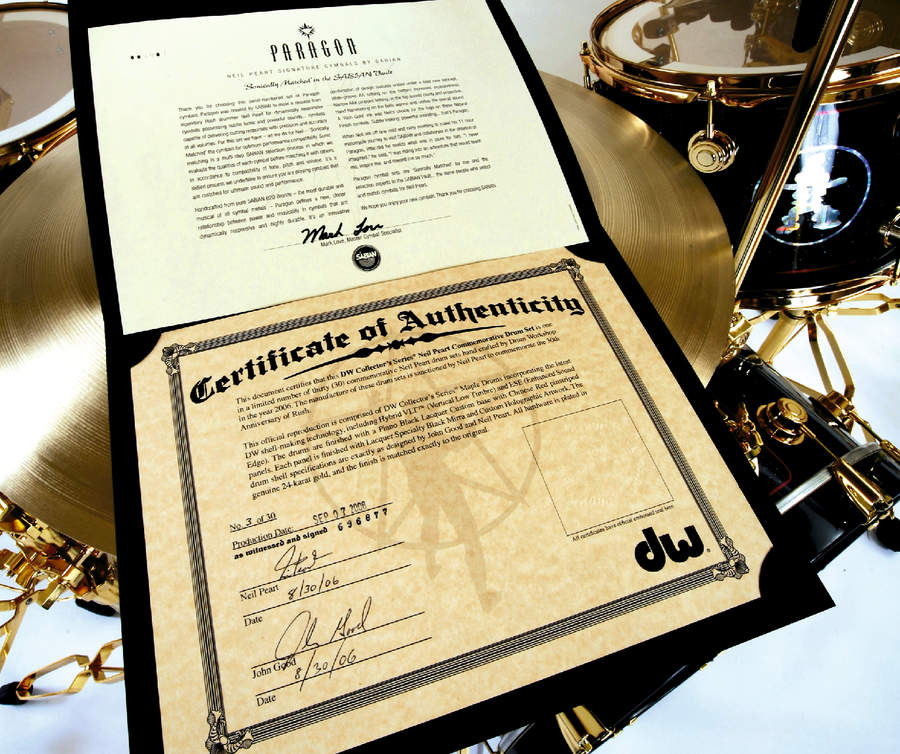
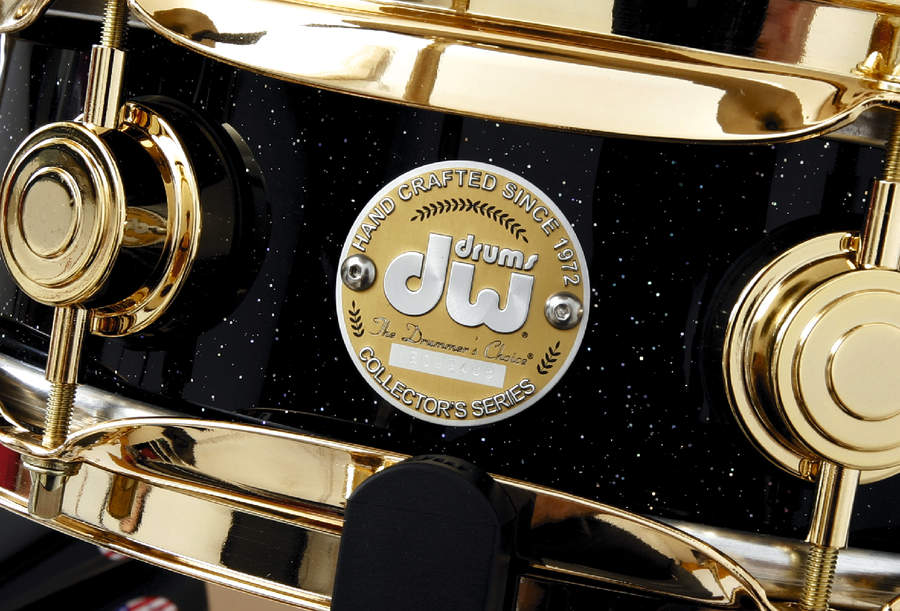
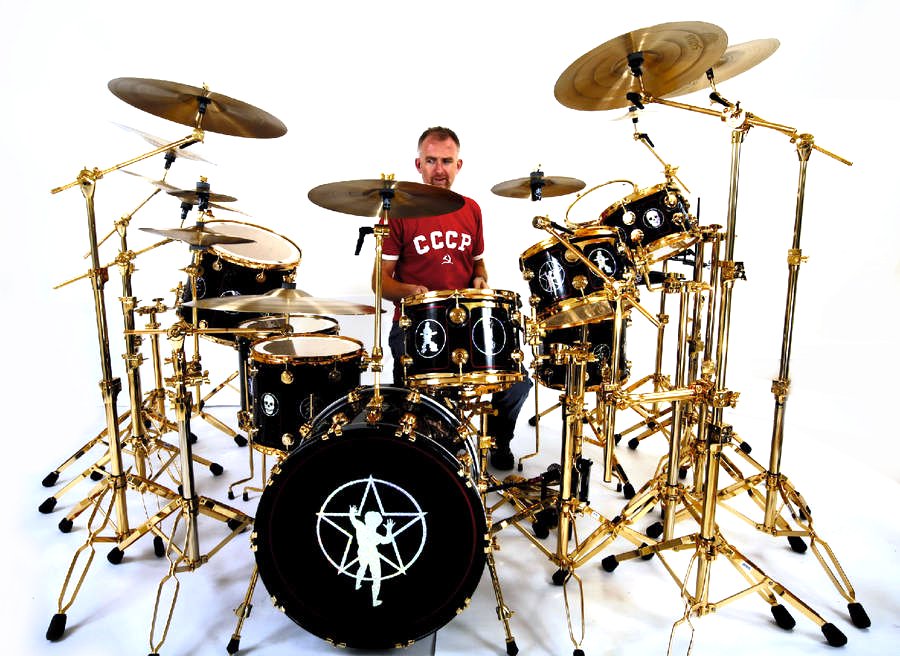
DW's R30 drum kit is an exact replica of the kit that Neil Peart played during Rush's 30th anniversary tour. Only 30 kits exist and only one has made it to the UK. It costs a penny under 22 grand - there are still a few places where you could buy a house for that. But we can guess which you would prefer...
Build
Though Neil has been a DW endorsee for some years, a combination of the launch of his Sabian Paragon cymbals and the 30th anniversary Rush tour prompted him to engage John Good of DW in a quest for his 'dream kit'. The resulting extravaganza of toms, snares and cymbals sports more gold than a bling wedding and was described by Good as "the hardest kit that I've ever made".
There is so much to the kit that this review can only sketch an outline of what £22K buys. A good place to begin would be with the individual drums: 8"x7", 10"x7", 12"x8" and 13"x9" toms; 15"x12", 15"x13", 16"x16" and 18"x16" floor toms; a 22"x16" bass drum; three snare drums - a 14"x6" brass/maple Edge snare, a 14"x6 ½" maple solid ply model and a 13"x3 ½" piccolo.
Accompanying the drums is a full set of Sabian Paragon cymbals, while all the hardware is gold-plated.
Though the kit is arranged in the shape of a crescent whose points are almost within touching distance, it is based around the familiar blueprint of bass drum, snare, one-up/two-down toms and floor toms. This central portion of the kit accounts for the kick drum, one of the 14" snare drums, the 13" tom, the deeper of the 15" floor toms and the 16" floor tom.
The three smaller toms are situated above the hi-hats, with the 8" and 10" mounted at the same angle while the 12" is a step down. Lower down to the left of the hi-hats is the shorter 15" floor tom, a cluster of five LP cowbells and, beyond that, the 13" piccolo snare mounted incredibly high. The 18" floor tom is stand-mounted behind the player's right shoulder (assuming he or she is facing forward), so that it leans over the 16" floor tom. here is no provision for mounting the second 14" snare drum.
Neil Peart is a veteran of countless halls, arenas and studios and has sensibly included the pair of 14" snares to offer the choice, depending on the location and your inclination, between two very different but equally impressive instruments.
The cymbals are arranged around the kit in Neil's preferred manner. This is fairly straightforward - the ride is to the right of the bass drum, both chinas are hard right and the two pairs of hi-hats are easily accessible for a leading right-hand player - with the exception of the crashes and splashes to the left of the kit. They are mounted at quite a height in order to give clearance from the toms, so a certain amount of kit orientation and stretching is required to play elements in this area cleanly.
The starting point for the construction of the drums was regular DW Collector's Series maple drums, but a few tweaks were applied. The first three toms are all a ply thicker at eight plies plus three-ply reinforcing hoops. The rest of the toms, floor toms and bass drum revert to the normal seven plies plus three for the reinforcing hoops.
Up to and including the first 15" floor tom, the drums are all formed in the standard cross-laminated manner. From the second 15" floor tom downwards, the outer ply has been flipped so that the grain runs vertically. This is to encourage a deeper response without having to tune the heads down disproportionately. The inner veneer on all of the drums is exotic curly maple.
There is more to the finish than first meets the eye. It was incredibly complicated to achieve, requiring a 32-step process. The basis is a piano black lacquer, in which countless individual dots of different colours are buried. To the naked eye they are invisible, but once under lights they reveal themselves. The effect is like having thousands of LED's burning away within the shells.
On top of the black lacquer re red pinstriped panels encircling the centre of each drum - a deliberate nod to Keith oon's 'Pictures of Lily' kit. Inside each panel is a holographic representation of artwork from various Rush albums.
Hands On
Anyone familiar with Neil Peart's playing will know that he draws from a wide palette. And so it is with this kit. Rattling around the toms brings forth a crescendo of tonal colours, from the timbalelike attack of the 8" tom to the taught, bass-y growl of the 18" floor tom.
All the toms are brimming with the sort of vigour that enables them to project cleanly, and the response is quick, loud and tinged with maple warmth.
The bass drum is possessed of the same sort of ballsy muscularity that powers the toms. At its core is a deep, powerful note that could loosen masonry at 20 yards. The drum achieves this with the heads at regular tensions, making it easy to play fast and complicated figures.
The three snare drums provide contrasting options: the 14" Edge is fat, crunchy and full of bite; the 14" solid shell maple has less depth than the Edge but a more immediate, funky tone; while the 13" piccolo delivers tinnitus-inducing accents.
MusicRadar is the number 1 website for music makers of all kinds, be they guitarists, drummers, keyboard players, djs or producers...
GEAR: We help musicians find the best gear with top-ranking gear round-ups and high- quality, authoritative reviews by a wide team of highly experienced experts.
TIPS: We also provide tuition, from bite-sized tips to advanced work-outs and guidance from recognised musicians and stars.
STARS: We talk to musicians and stars about their creative processes, and the nuts and bolts of their gear and technique. We give fans an insight into the actual craft of music making that no other music website can.
“Every note counts and fits perfectly”: Kirk Hammett names his best Metallica solo – and no, it’s not One or Master Of Puppets
Ranked: Bon Iver's albums, from Sable, Fable to For Emma, Forever Ago
“Its mission is simple: unleash the power of any amplifier or line-level source without compromise”: Two Notes promises a “watershed” in tube amp control with the Torpedo Reload II










